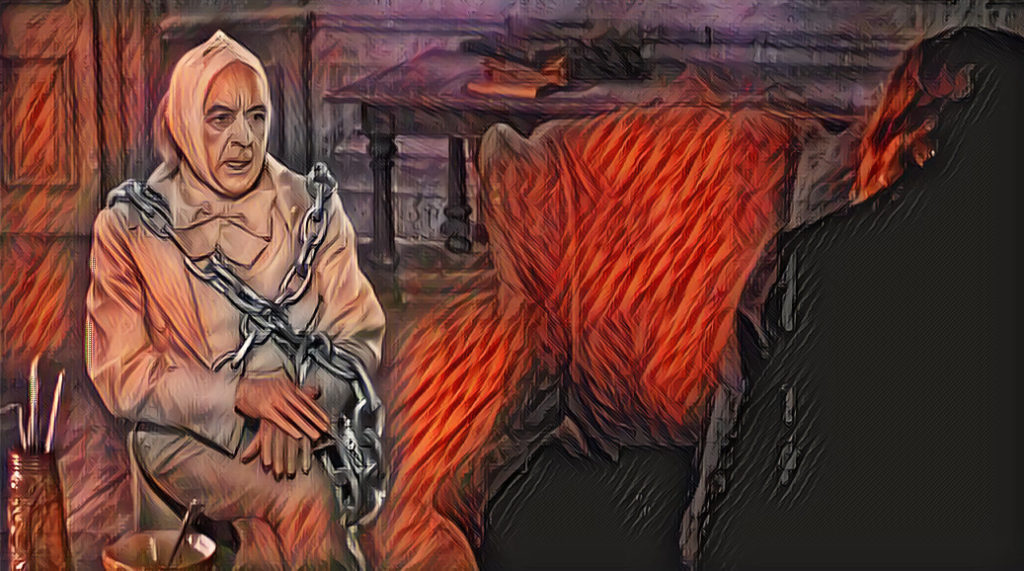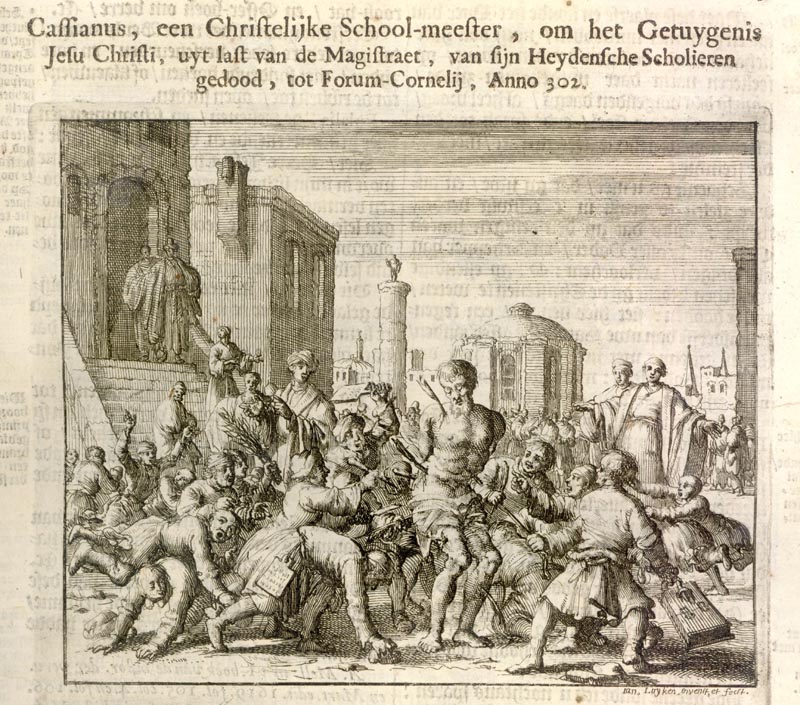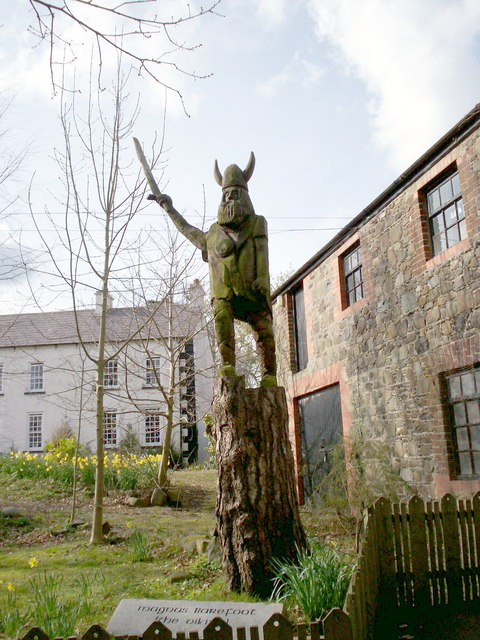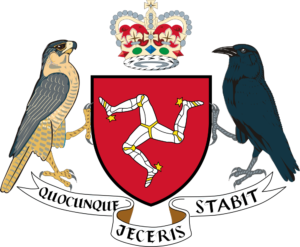
This Christmas Eve episode, we take a look a medieval forebear of the Ghost of Jacob Marley, as well as a role-model from ancient Rome.
Today’s Texts:
-
William of Malmesbury.
Chronicle of the Kings of England. Ed. J.A. Giles. Trans. John Sharpe and J.A. Giles. London: George Bell & Sons, 1895.
Google Books.
-
Pliny the Younger.
Letters. Translated by William Melmoth, revised by F.C.T. Bosanquet, The Harvard Classics, vol. 9, part 4, .F. Collier & Son, 1909–14. Bartleby,
http://www.bartleby.com/9/4/1083.html.
- Dickens, Charles. A Christmas Carol, in Prose, Being a Ghost Story of Christmas. 1843. Project Gutenberg, www.gutenberg.org/files/46/46-h/46-h.htm.
References:
- Belsey, Catherine. “Shakespeare’s Sad Tale for Winter: Hamlet and the Tradition of Fireside Ghost Stories.” Shakespeare Quarterly, vol. 61, no. 1, Spring 2010, pp. 1-27. JSTOR, www.jstor.org/stable/40731136.
- Bennett, Gillian. “‘Alas, Poor Ghost!’ Case Studies in the History of Ghosts and Visitations.” Chapter 5. Alas Poor Ghost, UP of of Colorado and Utah State UP, 1999, pp. 139-172. JSTOR, www.jstor.org/stable/j.ctt46nwwn.8.
- Rife, J. Merle. “Marley’s Ghost in Athens.” The Classical Journal, vol. 34, no. 1, Oct. 1938, pp. 42-43. JSTOR, www.jstor.org/stable/3291010.
Image: Alec Guinness as Jacob Marley in Scrooge (1970), as stylized by Google Deep Dream.
This episode as school breaks for the holidays, we look at one account of the life of translator, philosopher, and part-time court comedian John Scotus Eriugena, who allegedly met a rather bad end at the hands of disgruntled students.
Today’s Texts:
- Roger de Hoveden. Annals of Roger de Hoveden. Translated by Henry T. Riley, vol. 1, H.G. Bohn, 1853. Google Books.
- Jacobus de Voragine. The Golden Legend, or Lives of the Saints. Translated by William Caxton, edited by F.S. Ellis, J.M. Dent, 1900. Google Books.
References:
- Carabine, Deirdre. John Scottus Eriugena. Oxford UP, 2000.
- Dionysius the Areopagite. The Works of Dionysius the Areopagite. Translated by John Parker, James Parker and Co., 1897. Google Books.
- Nerney, Denis S. “Iohannes Scottus Eriugena.” Studies: An Irish Quarterly Review, vol. 24, no. 95, Sept. 1935, pp. 415-432. JSTOR, www.jstor.org/stable/30097229.
Image: 17th-century etching of the martyrdom of St. Cassian of Imola by Jan Luyken (Wikipedia).


Disco Yggdrasil
This episode we tap into the Ragnarok zeitgeist and go back to the medieval Norse sources: Snorri Sturluson’s Gylfaginning and the apocalyptic poem Völuspá.
Today’s Texts:
References:
-
Page, R.I. Chronicles of the Vikings: Records, Memorials and Myths. U of Toronto P, 1995.
-
Page, R.I. Norse Myths. The Legendary Past Series, U of Texas P, 1990.
-
Sequentia. Edda: Myths from Medieval Iceland. Deutsche Harmonia Mundi, 1999.
Spotify Links: Performance of Völuspá by Sequentia:
Image: “Disco Yggdrasil,” based on a manuscript image from Árni Magnússon Institute MS AM 738 4to (Wikimedia Commons), filtered through Google’s Deep Dream.

This Halloween marks our third anniversary, and we ring in our fourth year with two versions of King Arthur’s famous battle with the man-eating giant of Mont St. Michel.
Today’s Texts:
References:
- Cohen, Jeffrey Jerome. Of Giants: Sex, Monsters, and the Middle Ages. Medieval Cultures, vol. 17, U of Minnesota P, 1999.
- Finlayson, John. “Arthur and the Giant of St. Michael’s Mount.” Medium Aevum, vol. 33 no. 2, 1964, pp. 112-120.
- Huot, Sylvia. Outsiders The Humanity and Inhumanity of Giants in Medieval French Prose Romance. U of Notre Dame P, 2016.
- Owen, D.D.R. The Wandering Giant in Literature: From Polyphemus to Papageno. Tuckwell Press, 2003.
Image: Source image of the Abbey of Mont St. Michel (via Wikimedia Commons), filtered through Google’s Deep Dream Generator.

This episode we (that is, I) wax autobiographical as we look at our first saga text, an account of the death of King Magnus Barefoot during his attempted conquest of Ireland in 1103. Also, there are some thoughts on the idea of the progress of literary technique.
Today’s Text:
- Snorre Sturluson. The Heimskringla, or The Sagas of the Norse Kings. Translated by Samuel Laing, revised with notes by Rasmus B. Anderson, vol. 4, John C. Nimmo, 1889. Available at Google Books.
References:
-
-
“Sex Workers.”
Lexicon Valley, Episode 54, Slate, 23 Feb. 2015.
Link.
Image: Wooden statue of Magnus Barefoot in Tannaghmore Gardens, Craigavon, Northern Ireland. Photo by P Flannagan, via Wikimedia Commons.

This episode we crack open the
Chronicle of Man and the Sudreys to look at the Isle of Man and the rise of the royal house of King Orry, Godred Crovan, and King Magnus Barefoot of Norway is warned in a dream to leave Norway and never return.
Today’s Text:
References:
- Kinvig, R.H. The Isle of Man: A Social, Cultural, and Political History. Charles E. Tuttle, 1975.
Image: Coat of Arms of the Isle of Man (via Wikimedia Commons)









Recent Comments